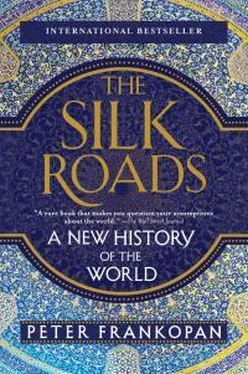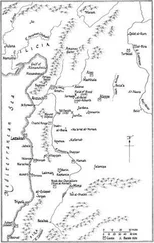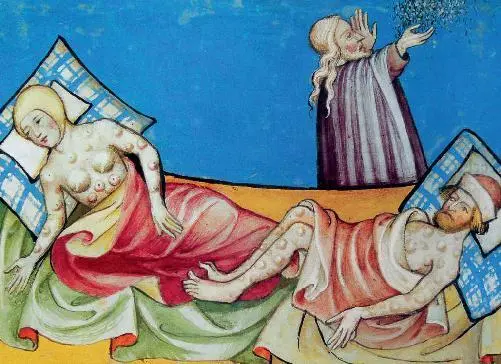
Pictures from History / Bridgeman Images
It was not just trade and conquest that flowed along the Silk Roads; so did disease. The most devastating was the Black Death, which ravaged Asia and Europe in the fourteenth century. Victims depicted in the Toggenburg Bible have the distinctive swellings that Boccaccio said could be the size of apples.
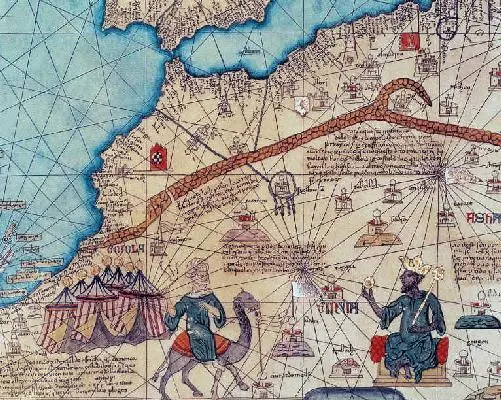
Bibliothèque Nationale, Paris / Bridgeman Images
The gold of West Africa was famous across the Mediterranean. The great Malian king, Mansa Musa, “the richest and most noble” of rulers, holds a large golden nugget in this detail from the Catalan Atlas, 1375.
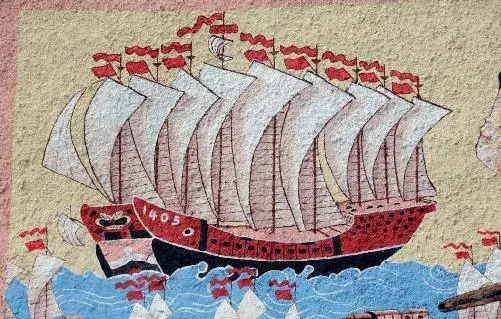
© Chris Hellier / Alamy
China became increasingly interested in the world beyond the Pacific in the fifteenth century. The Chinese admiral Zheng He explored the Indian Ocean and the coast of East Africa. This wall painting from the Chinese temple shrine, Penang, Malaysia, shows one of his ships.
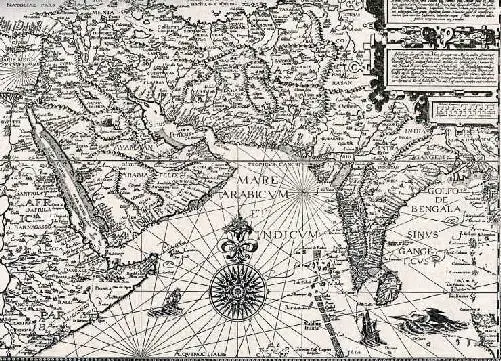
Culture Club / Getty Images
Map of the Indian Ocean, Persian Gulf and Bay of Bengal by Jan Huyghen van Linschoten—the doyen of European mapmakers.
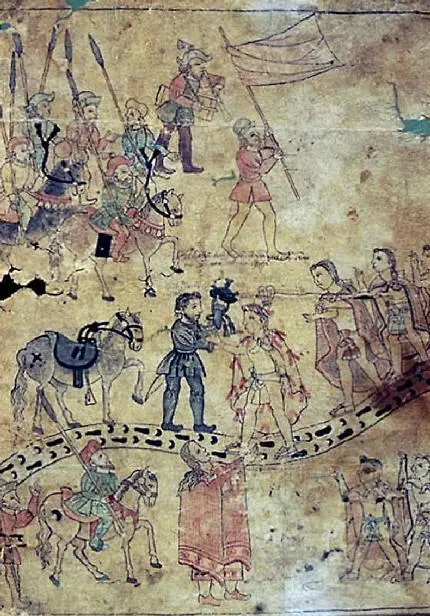
Blanton Museum of Art / University of Texas, Austin
Cortés and Xicoténcatl, whose alliance brought about the demise of the Aztecs. Cortés claimed to suffer from an illness that could only be cured by gold.

Private Collection / The Stapleton Collection / Bridgeman Images
The bustling port of Calicut in south-western India, a century after Vasco da Gama’s expedition. European traders who flocked to Asia could make huge profits from selling goods to the new rich back home.
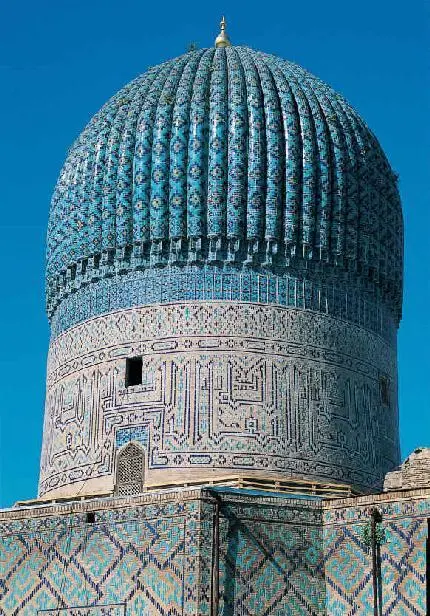
Getty Images
The stunning mausoleum of Gūr-i Mīr in Samarkand, resting place of Timur and his heirs.
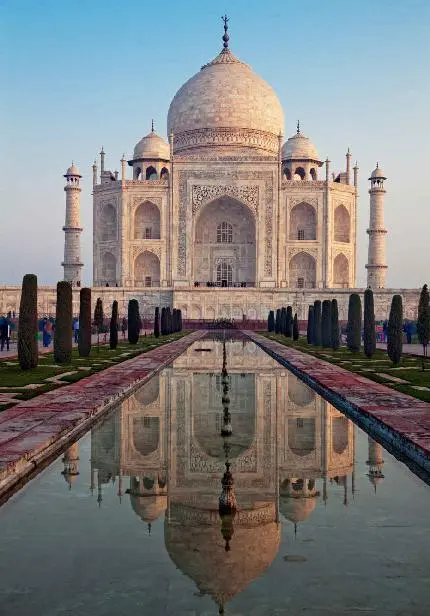
Getty Images
The Taj Mahal, a symbol of love—and of the sharp surge in wealth in India in the seventeenth century.
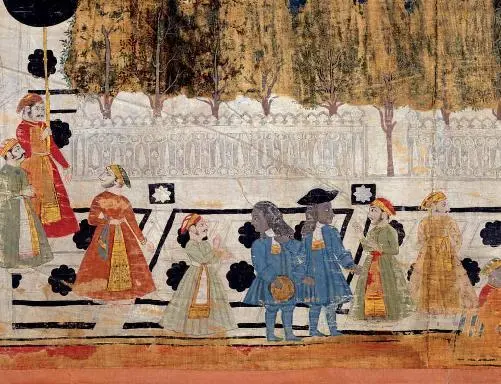
© Victoria and Albert Museum, London
The Dutch delegation being received in Udaipur by the Maharana Sangram Singh in 1711 (detail). Negotiating (and reconfirming) trade privileges was vital to defend European commercial interests.

Fine Art Images / Heritage Images / Getty Images
The Dutch Golden Age: Vermeer’s Girl Reading a Letter at an Open Window—with a bowl in the foreground in the distinctive blue and white colours of Asian ceramics.
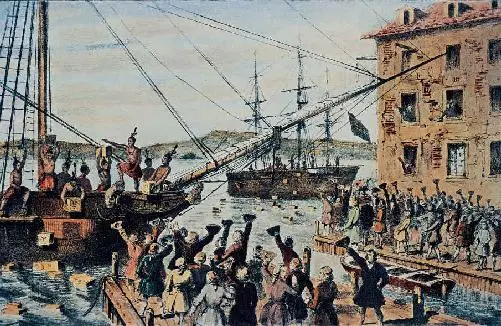
De Agostini / Getty Images
The East India Company made fortunes for many of its officers. Its spectacular failure led to a government bail-out that antagonised many in Britain’s colonies. In 1773, men dressed as “Indians” tipped tea into the harbour in Boston in protest. The Boston Tea Party was a milestone on the route to the American Declaration of Independence.
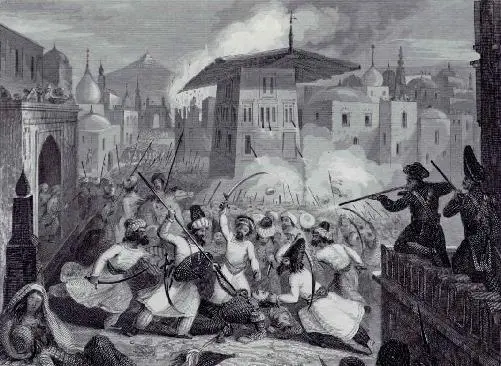
Private Collection / © Look and Learn / Elgar Collection / Bridgeman Images
The assassination of Alexander Burnes in Kabul on 2 November 1841. Burnes had been a popular commentator on Central Asian affairs before his death.
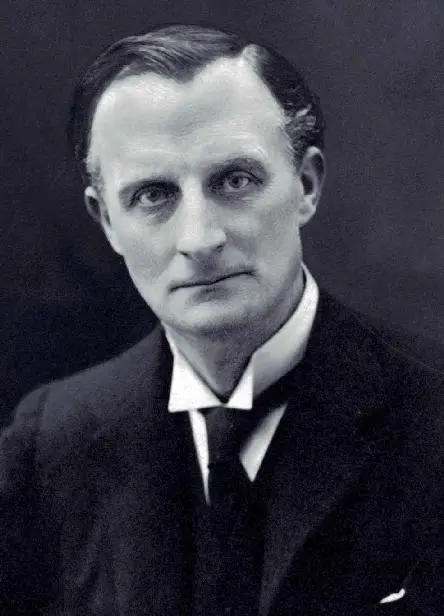
Getty Images
Sir Edward Grey, British Foreign Secretary at the start of the First World War. Grey believed good relations with Russia were vital to Britain’s interests in India and the Perisan Gulf.

Manoutchehr Eskandari-Qajar / Qajar (Kadjar) Dynasty Pages
Shah Moz˙affar od-Dīn, whose requests for loans created problems—and opportunities—for London and St. Petersburg.

Bundesarchiv
Herbert Backe, architect of the plan to divide the Soviet Union into “surplus” and “deficit” zones. It was envisaged that millions would starve to death as a result.
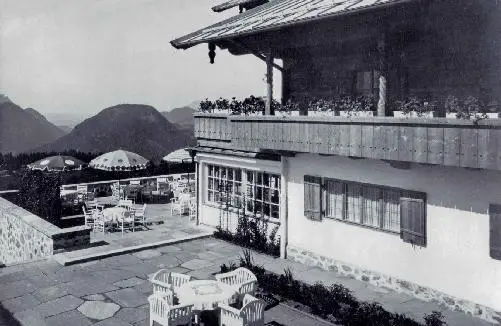
Heinrich Hoffmann / ullstein bild via Getty Images
Hitler’s mountain home, “the ultimate source of decorating inspiration,” according to Homes &Gardens. Hitler drew inspiration for German expansion east from British India—and from European settlers in America. The Volga, he said, was to be Germany’s Mississippi, with the indigenous population expelled beyond this frontier.
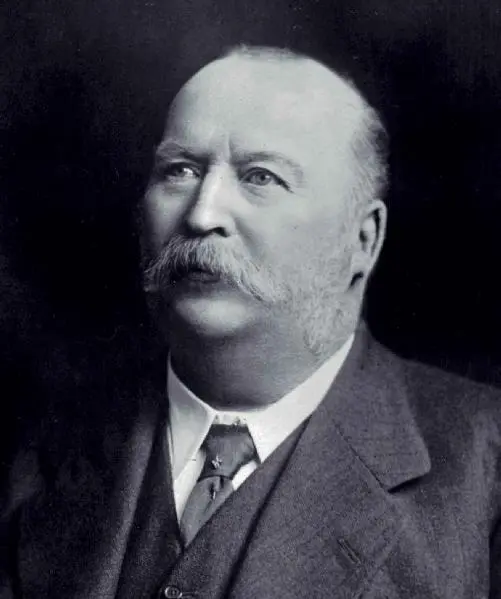
General Photographic Agency / Getty Images
William Knox D’Arcy, a “capitalist of the highest order,” who won an exclusive concession to “probe, pierce and drill at will the depths of Persian soil” for sixty years.
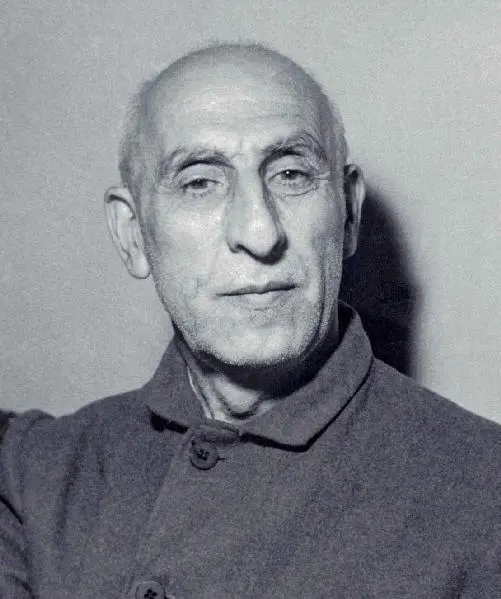
Keystone-France / Gamma-Keystone via Getty Images
Mohammed Mossadegh, Prime Minister of Iran who was deposed by a CIA-led plot in 1953. He was said to diffuse “a slight reek of opium.”

Dmitri Kessel / The LIFE Picture Collection / Getty Images
The Shah of Iran, Reza Pahlavi, and his wife. “My visions were miracles that saved the country,” he told one interviewer.
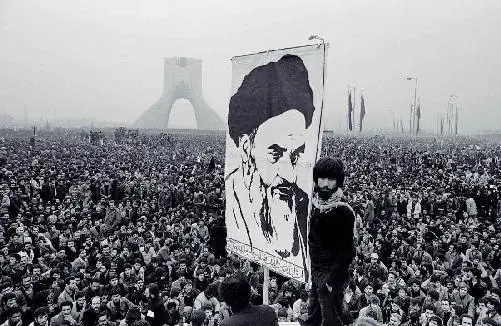
Associated Press
The return of Ayatollah Khomeini to Iran in 1979 was greeted with wild celebrations in Teheran. The BBC estimated that 5 million people took to the streets.
Читать дальше
